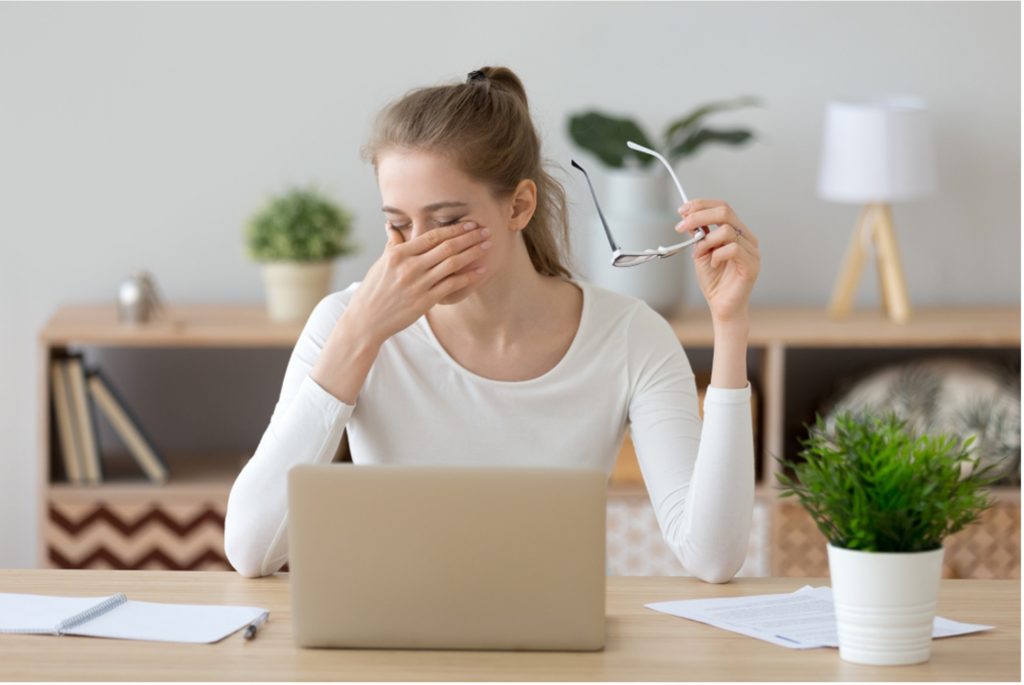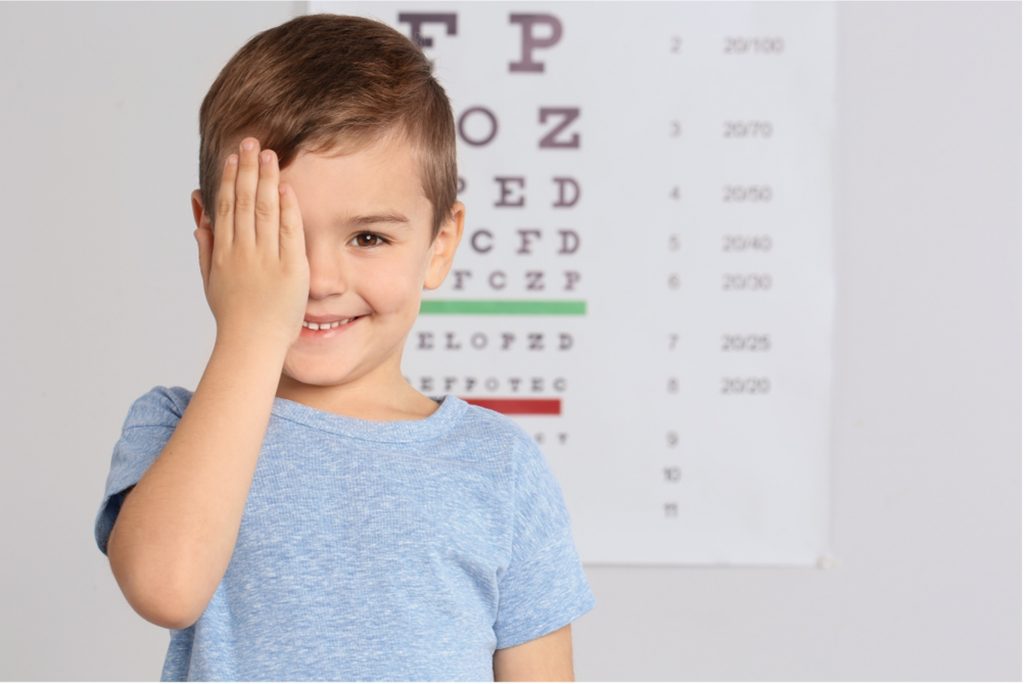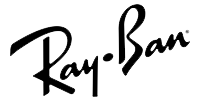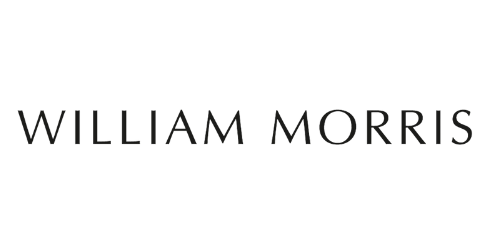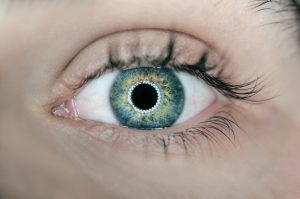Keeping Your Eyes Healthy In Winter
Winter weather can certainly take a toll on our bodies – eyes included! We spend so much time focused on wrapping up in warm clothing, we can often forget the impact cold weather, wind and rain can have on our eyes. Many people in the winter months will be susceptible to dryness and irritation, particularly as central heatings are heavily used. To keep your eyes healthy in winter, here are some of our top tips.

Use Eye Drops for Dryness
With heaters and radiators at full blast, your eyes can certainly take the brunt of the heat. With warm air circulating your eyes are much more likely to feel dry and irritated. Not to worry though, regular eye drops which can be sourced from your optician directly or through a pharmacy are great for reducing feelings of irritation and keeping your eyes moist.
Keep your eyes protected from UV rays
You might be thinking sunglasses are not necessary in winter. You’re not alone, many people forget that UV rays are prevalent all year round. In winter these can be just as damaging, particularly when it snows as the UV rays are also reflected from the brightness of the white snow. It’s important to wear sunglasses as often as possible to ensure your eyes are not damaged by the harmful UV rays.
Drink plenty of water
Staying hydrated is key to keeping you healthy. Your eyes will rely on water consumption to remain lubricated. When your eyes lack this lubrication you may suffer from feelings of irritation and dryness. Even in winter, water consumption is vital.
If you are dehydrated your eyes can be impacted in a number of ways:
- Eye redness
- Eye irritation
- Headaches
- Blurred vision
Visit your optician
A visit to your optician is important all year round. If you are due an eye examination or are experiencing changes in your vision, do not hesitate to book an appointment at one of our practices. Our team of high quality eye care professionals will take great care of you in one of our warm and welcoming practices.




